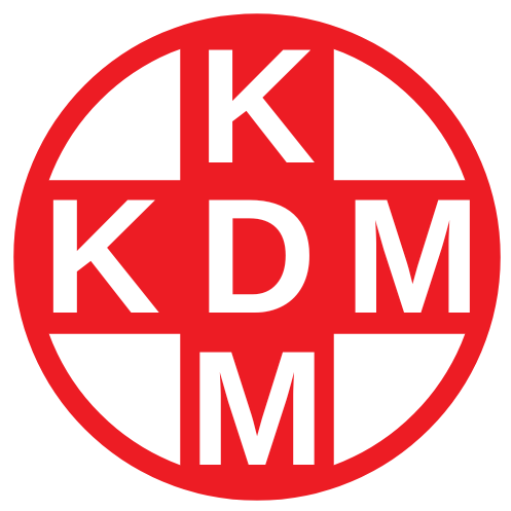
Overview:
Acute Kidney Injury (AKI), also known as acute renal failure, is a sudden and rapid decline in kidney function, leading to the accumulation of waste products, fluid imbalance, and electrolyte disturbances. It can occur within hours or days and can be life-threatening if not treated promptly. AKI can be caused by a variety of factors, including dehydration, infections, toxins, and underlying medical conditions.
Causes:
AKI is generally classified into three types: prerenal (due to decreased blood flow to the kidneys), intrinsic (due to direct damage to kidney tissues), and postrenal (due to obstruction in the urinary tract). Common causes include dehydration, heart failure, liver disease, infections, trauma, medications (such as NSAIDs), and urinary blockages like kidney stones.
Symptoms:
Symptoms of AKI include reduced urine output, swelling in legs or ankles, fatigue, nausea, vomiting, confusion, and high blood pressure. Severe cases may lead to electrolyte imbalances, which can result in irregular heartbeats and seizures.
Treatment:
Treatment focuses on addressing the underlying cause of AKI. This may include rehydration, medications to correct electrolyte imbalances, dialysis for severe cases, and managing any infections or blockages. Monitoring kidney function through blood tests and urine output is essential.
Precautions:
Patients with underlying conditions such as diabetes, hypertension, or heart disease should manage their health closely to prevent kidney damage. Avoiding nephrotoxic medications and staying hydrated is crucial in high-risk individuals.
Prevention:
Maintaining proper hydration, managing chronic diseases, avoiding overuse of medications that strain the kidneys, and seeking early medical care can prevent the onset of AKI.
For expert management of AKI, visit The KDM Hospital in Lucknow, offering ambulance services, budget-friendly care, Ayushman card acceptance, and 24/7 doctor availability.
